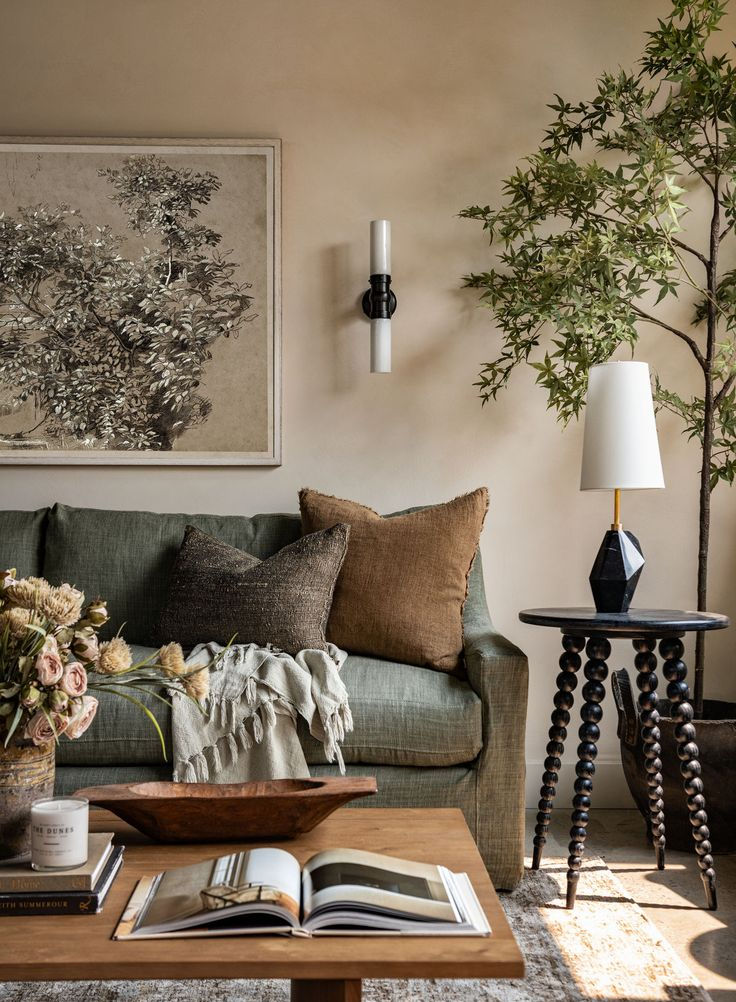Modern Classic: Bringing Timeless Messages into Contemporary Interiors
- Jenny Kakoudakis

- Aug 12
- 3 min read
In a time when fleeting trends often shape interiors, there’s something deeply reassuring about design elements that carry lasting meaning. Whether it's a phrase passed down for generations or a verse that speaks to your values, these messages bring depth to the spaces we live in.
As modern interiors continue to favour cleaner lines and quieter palettes, the chance to layer in personal significance has never felt more relevant.
Thoughtfully chosen wall art — especially pieces rooted in faith or enduring beliefs — adds presence and purpose, not just decoration.

The Appeal of Timeless Messages in Modern Design
Trends evolve with the seasons, but a well-composed interior benefits from a sense of permanence. Timeless messages, whether in the form of framed quotes, scripture, or symbolic imagery, introduce emotional weight into spaces that might otherwise feel overly neutral or impersonal.
When chosen with care, these pieces act as subtle anchors. In a pared-back interior, a single line of text can become a quiet focal point. Their strength lies in how they interact with the surrounding design language, enhancing the space without competing with it. They add warmth and clarity without overstating their presence.
Framing Faith: Incorporating Christian Wall Art with Intention
Among the most enduring types of message-based decor is art rooted in belief. Christian wall art — whether featuring scripture, symbols, or clean-lined typography — adds a personal layer that speaks to identity and intention. But how it’s framed and placed makes all the difference.
In contemporary spaces, subtlety is essential. A linen-backed verse in a floating frame feels architectural and grounded. A monochrome quote rendered in delicate lettering offers contrast without disrupting the room’s rhythm. These elements should feel like a natural continuation of the home’s voice, not a separate statement.
Placement adds another layer of meaning. A blessing in the entryway becomes part of your welcome. In the bedroom, a quiet affirmation provides calm. In a shared space, a thoughtful line can invite reflection without calling attention to itself.
Balancing Tradition with Clean Lines
The challenge of integrating spiritual or classical messages into a modern home lies in bridging aesthetics. It’s easy for faith-based or traditional artwork to feel out of sync when the design skews minimal or contemporary. The key is restraint in materials and tone.
Choose unfussy frames, neutral palettes, and fonts with clarity over ornament. Wood, blackened steel, or soft brushed finishes pair well with modern surfaces. Sans-serif lettering in muted tones feels current and architectural. These subtle design cues help traditional content speak fluently in a contemporary context.
You’re not disguising tradition — you’re editing it. The result is a sense of continuity that respects both past and present, without visual or conceptual compromise.

Curating with Meaning, Not Just Aesthetics
Design driven by meaning invites a more considered process. It prioritises personal truth over trend cycles and encourages a home that reflects who you are, not just what you like.
Curating with intention doesn’t mean turning every wall into a manifesto. A line of poetry, a spiritual reminder, or even a centuries-old proverb can carry extraordinary weight when it aligns with the energy of a space.
According to the Mental Health Foundation, surroundings that reflect personal identity and emotional needs are closely tied to wellbeing, particularly when the home becomes a place of emotional refuge.
Art chosen this way becomes part of the atmosphere — not just what you see, but what you feel.
Styling with Restraint: Letting the Message Speak
In a modern interior, where clutter is already pared back, meaningful wall art doesn’t need embellishment. It works best when allowed space to breathe. A simple frame on a calm wall, with natural light falling across it, is often enough.
Context adds quiet power. A softly lit phrase in a reading nook feels contemplative. A short message in a busy hallway becomes a moment of stillness. Designers have even tucked typographic art into built-ins or behind shelving, creating subtle placements that invite discovery rather than demand attention.
The approach relies on balance—pairing simplicity with significance. One example of this can be seen in how bold and expressive wall art is used to create rooms that still feel personal and curated.
Closing Thoughts
There’s lasting beauty in surrounding yourself with messages that hold meaning. When chosen with care and placed with purpose, they don’t just complement your interiors — they shape the atmosphere of your home.
Style changes. Belief and intention, when expressed thoughtfully, rarely do.
Images: Cherie Kay
Our writers like to blog about the home and garden. We launched the award-winning Seasons in Colour in 2015 and the luxury property and interior decor blog www.alltheprettyhomes.com in 2024 to cover all your interior design, travel and lifestyle inspiration needs.


